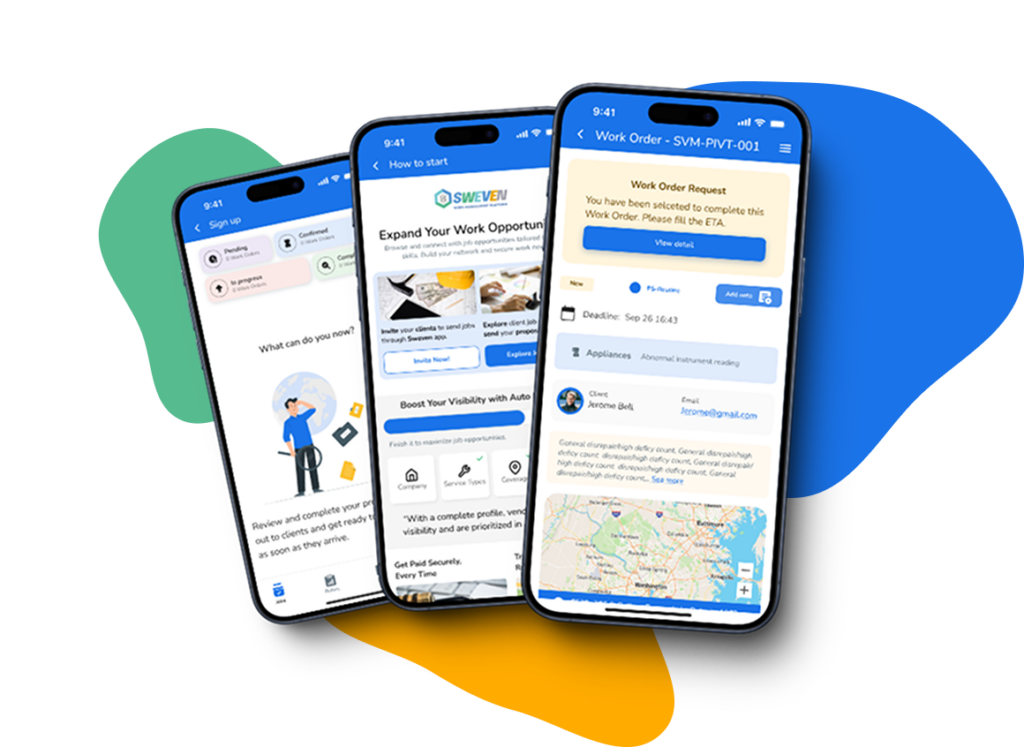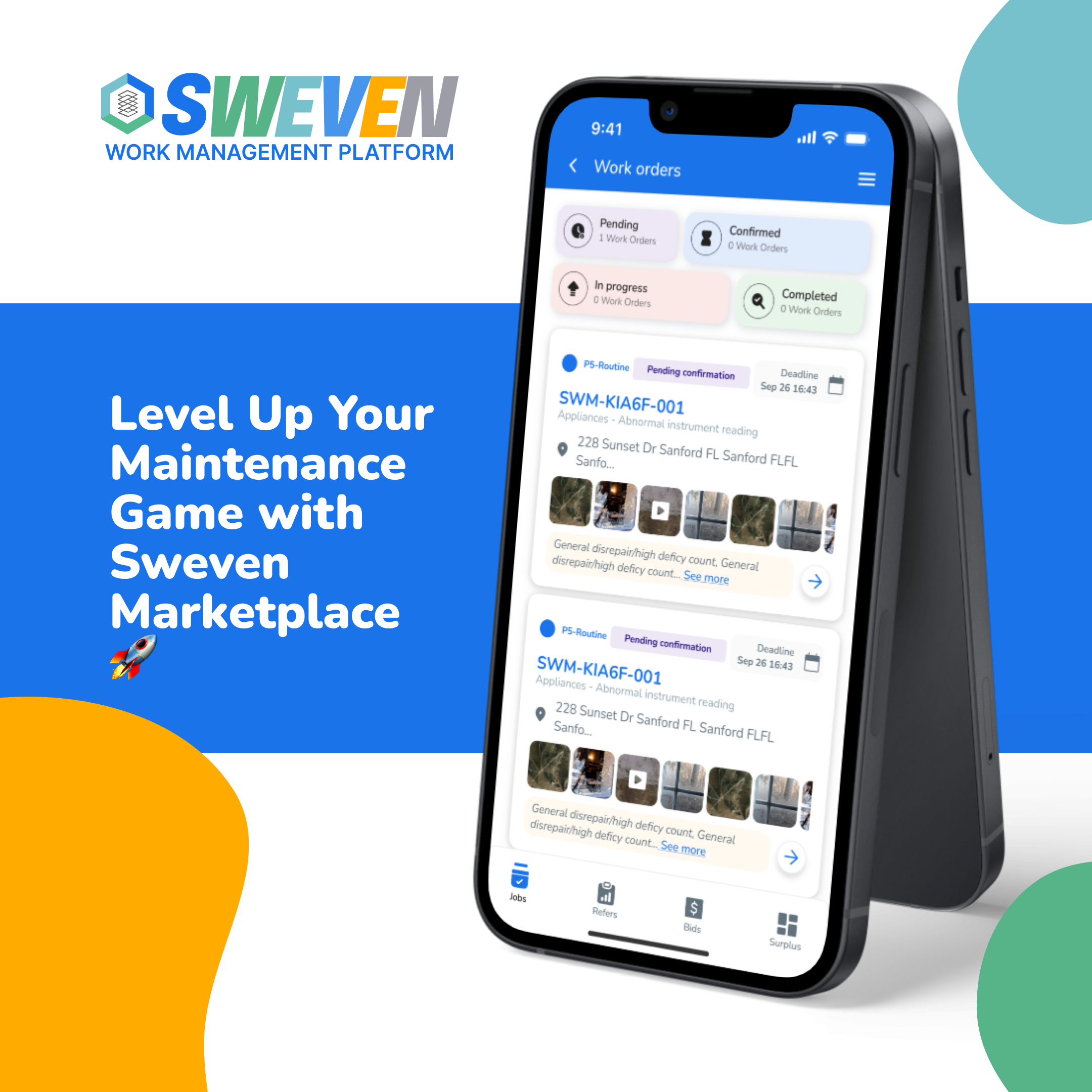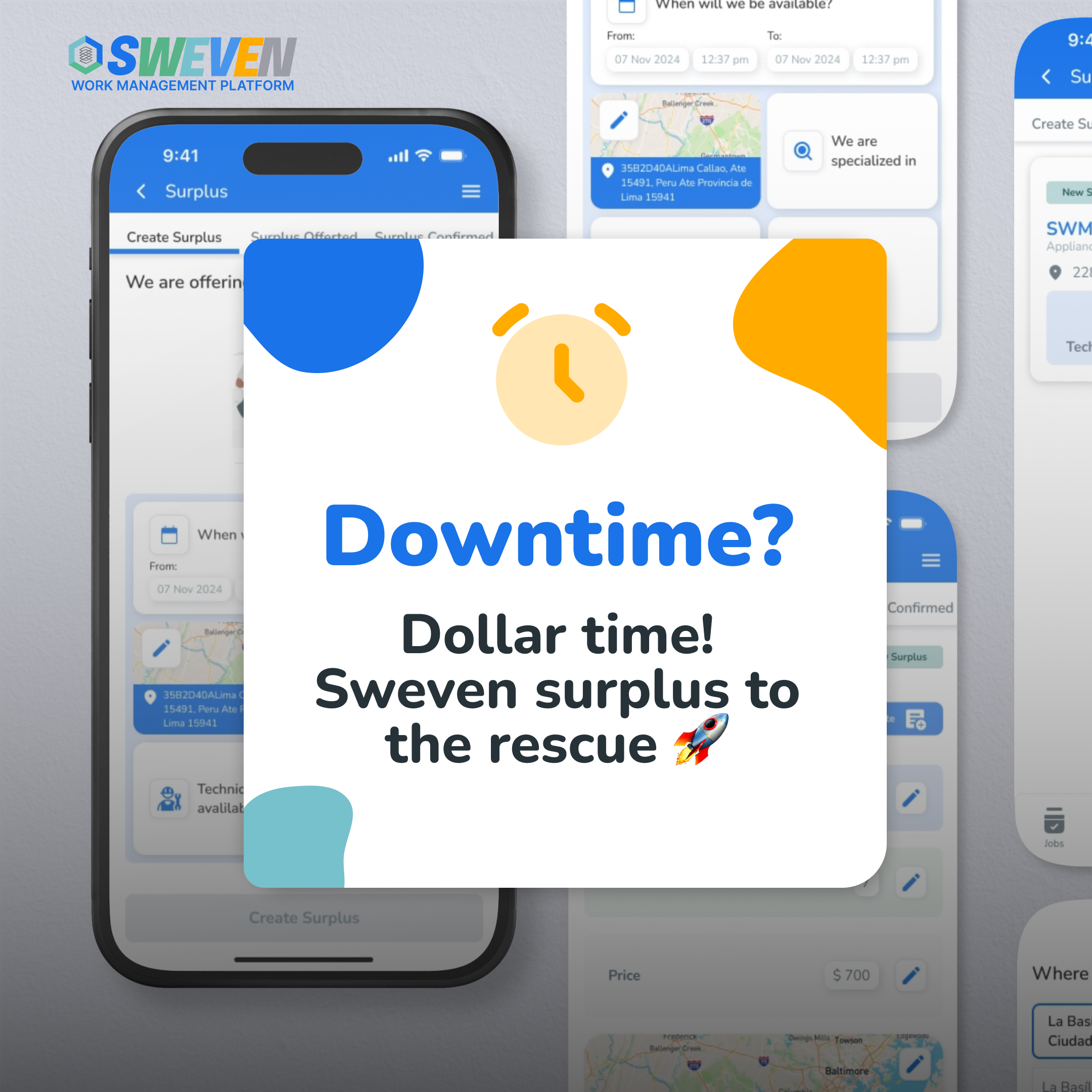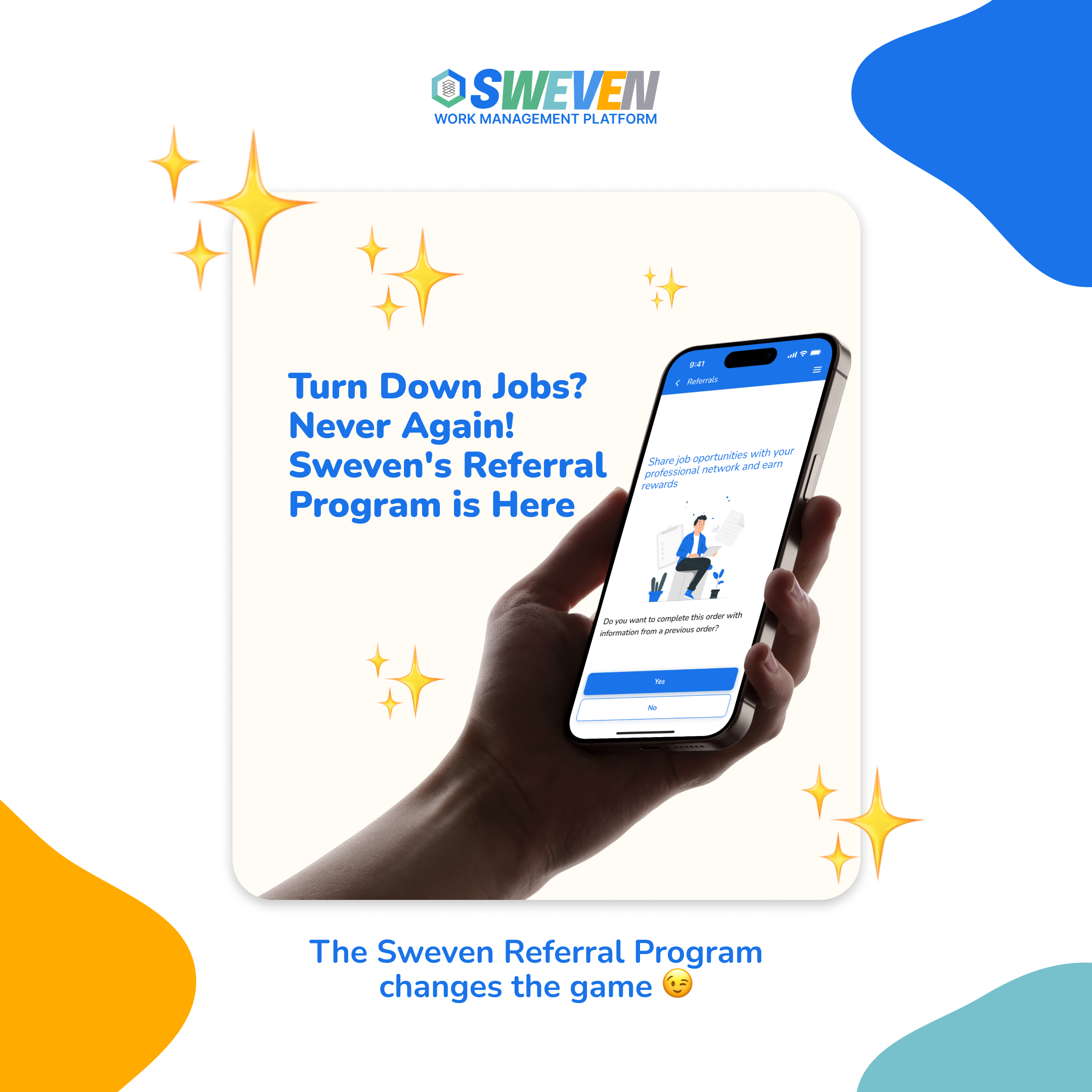Introduction: The calendar turning to June marks a critical inflection point for any high-performing team. The first half of the year is in the books, providing a wealth of performance data and lessons learned. Now is the perfect opportunity not for resolutions, but for a strategic reset—a chance to analyze what’s working, address what isn’t, and set a clear, focused course for the remainder of the year. For maintenance and reliability teams, this mid-year review is essential for moving beyond daily firefighting and driving real, measurable success that aligns with evolving business objectives.
Step 1: Conduct a First-Half Performance Review
Before charting the path forward, you must understand where you stand today. Take a moment to reflect on the past six months.
- Evaluate the performance of your most critical equipment. What were your biggest sources of downtime?
- Analyze the impact of your current maintenance practices. Are your PMs effective? Is your team meeting its KPIs?
- Identify specific challenges your team faced. Note whether they have been resolved or are ongoing issues that need to be prioritized.
A candid assessment of your H1 successes and shortcomings provides the invaluable insights needed to shape realistic and impactful goals for H2.
Step 2: Realign with Evolving Business Objectives
Your organization’s broader goals have likely evolved since January. Whether the company is focused on new production targets, cost reduction initiatives, or geographic expansion, it’s critical that your maintenance and reliability goals directly support these top-level objectives. By demonstrating clear alignment, you will garner more support from executive leadership in terms of both financial and staffing resources.
Step 3: Focus on High-Impact Strategic Goals
Based on industry-wide challenges and analysis from experts at Sweven, three key areas demand strategic focus for the second half of the year.
Goal 1: Overcome the Maintenance Skills Gap Many teams are facing a critical challenge as experienced technicians retire, taking decades of tribal knowledge with them. Simultaneously, attracting and preparing new talent for today’s sophisticated systems is difficult.
- How to Implement:
- Establish a mentor program pairing seasoned professionals with new hires to transfer critical knowledge.
- Expand professional development to train top performers on cutting-edge technology like AI and advanced diagnostics.
- Build community partnerships with local trade schools to create a future hiring pipeline.
- Leverage technology to capture standard operating procedures (SOPs) and create digital knowledge bases that don’t walk out the door.
Goal 2: Master Data-Driven Reliability The challenge is no longer a lack of data, but the difficulty in transforming that data into actionable intelligence. Making your operation truly data-driven is a high-ROI goal.
- How to Implement:
- Centralize your data. Integrate data from all your assets into a common, standardized platform, like a modern CMMS, to automate reporting and uncover insights.
- Embrace predictive technologies. Start with your most critical assets and use sensor technology to monitor key indicators like temperature, vibration, or pressure to predict failures before they happen.
- Explore AI and Machine Learning. Leverage advanced tools to automate decision-making and allow your team to focus on the highest-priority issues.
Goal 3: Build a Resilient Maintenance Supply Chain Ongoing supply chain disruptions and the aging of equipment from now-defunct OEMs have made MRO (Maintenance, Repair, and Operations) inventory management a critical strategic issue.
- How to Implement:
- Develop strategic partnerships with key suppliers. Move from transactional relationships to collaborative ones to problem-solve sourcing challenges together.
- Tighten inventory management. Invest in a system that provides real-time visibility into what parts you have, where they are, and when you need to reorder.
- Consider reverse engineering for critical, hard-to-source legacy parts as a long-term resilience strategy.
The Sweven Analysis: The Cost of Inaction vs. The ROI of Strategy
The choice at mid-year is stark: continue with the status quo or strategically reset. The consequences of each path are clear.
- The Cost of Inaction: Ignoring these strategic goals means accepting a future of escalating challenges. The skills gap will widen, leading to longer repair times (MTTR) and more errors. Data chaos will lead to poor capital planning and missed opportunities for improvement. A brittle supply chain will inevitably lead to extended, costly downtime when a critical part is unavailable. This path relegates the maintenance team to a state of perpetual reaction.
- The ROI of a Strategic Reset: Actively pursuing these goals transforms maintenance from a cost center into a competitive advantage.
- Financial ROI: Mastering data and building a resilient supply chain directly reduces downtime and optimizes MRO spending, improving OEE and lowering operational costs.
- Human Capital ROI: Investing in your team boosts retention, closes the skills gap, and preserves invaluable tribal knowledge, creating a more capable and engaged workforce.
- Operational ROI: A data-driven, proactive approach leads to increased asset reliability, better safety outcomes, and the ability to confidently support the company’s growth objectives.
How Sweven Empowers Your Strategic Goals
A modern CMMS platform like Sweven is the essential tool for executing this mid-year reset. It provides the technological foundation to turn your strategic goals into reality.
- For the Skills Gap: Sweven acts as a digital knowledge base, allowing you to attach videos, manuals, and standardized procedures to assets and work orders, ensuring critical knowledge is retained and accessible to new technicians.
- For Data-Driven Reliability: Sweven is the central hub for all your maintenance data. It automates KPI tracking, integrates with sensor technology for predictive maintenance, and provides the powerful analytics needed to make informed decisions.
- For Supply Chain Resilience: Sweven’s advanced inventory management module gives you real-time control over your MRO supply chain, preventing stockouts of critical parts and optimizing your inventory spend.
Conclusion: Seize the Second Half The second half of the year presents a powerful opportunity to elevate your maintenance and reliability practices. By conducting a thoughtful review and setting clear, strategic goals focused on your people, your data, and your supply chain, you can pave the way for a successful and productive remainder of the year. A strategic reset now will not only improve the performance of your assets but will also solidify the role of your team as a crucial contributor to the overall success of the organization.
